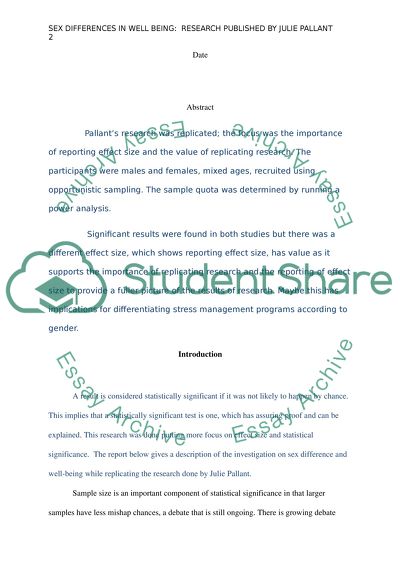Cite this document
(“Sex Differences in Well Being: Research Published by Julie Pallant Coursework”, n.d.)
Retrieved from https://studentshare.org/psychology/1441936--sex-differences-in-wellbeing-a-replication-of
Retrieved from https://studentshare.org/psychology/1441936--sex-differences-in-wellbeing-a-replication-of
(Sex Differences in Well Being: Research Published by Julie Pallant Coursework)
https://studentshare.org/psychology/1441936--sex-differences-in-wellbeing-a-replication-of.
https://studentshare.org/psychology/1441936--sex-differences-in-wellbeing-a-replication-of.
“Sex Differences in Well Being: Research Published by Julie Pallant Coursework”, n.d. https://studentshare.org/psychology/1441936--sex-differences-in-wellbeing-a-replication-of.


